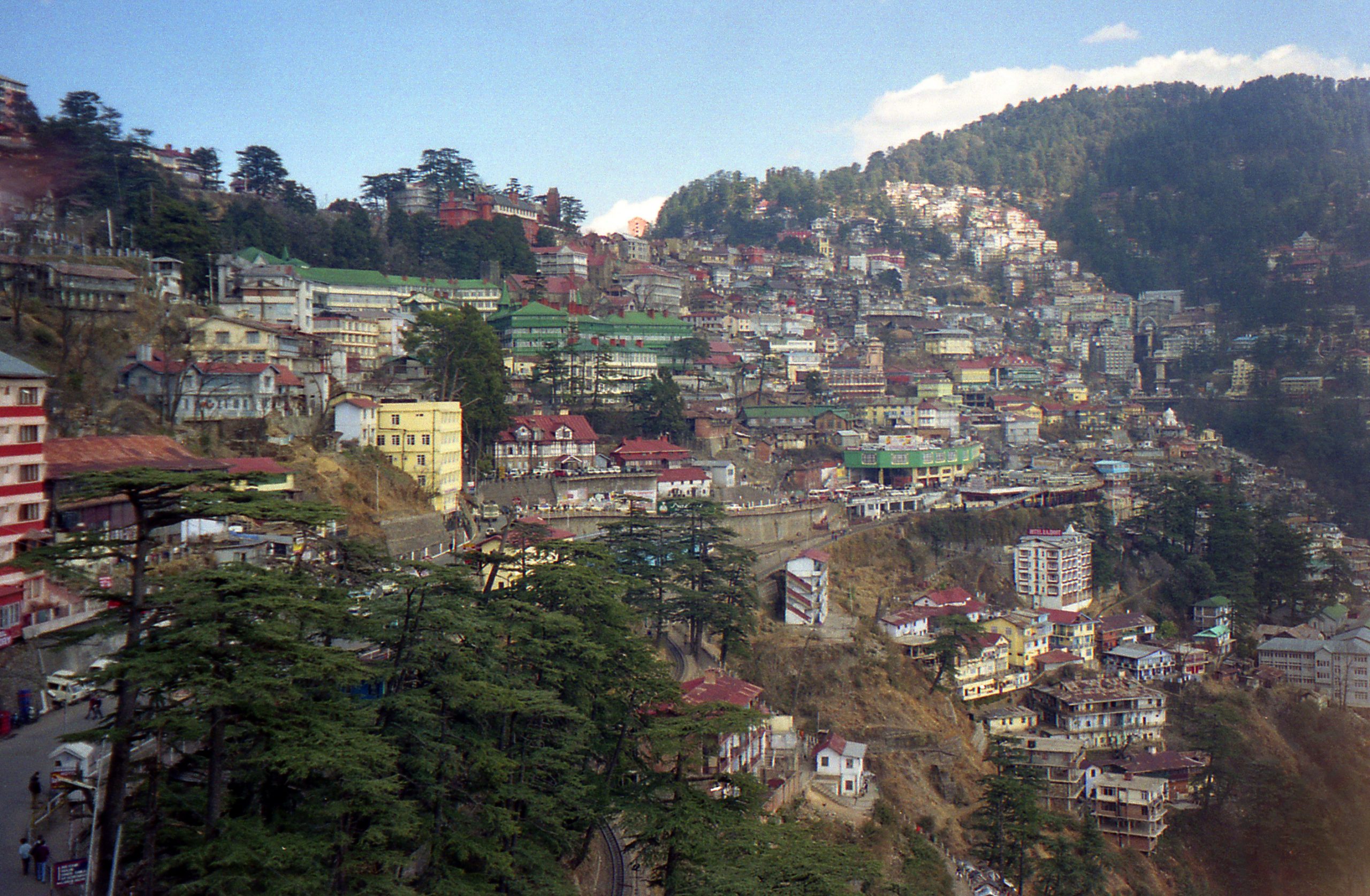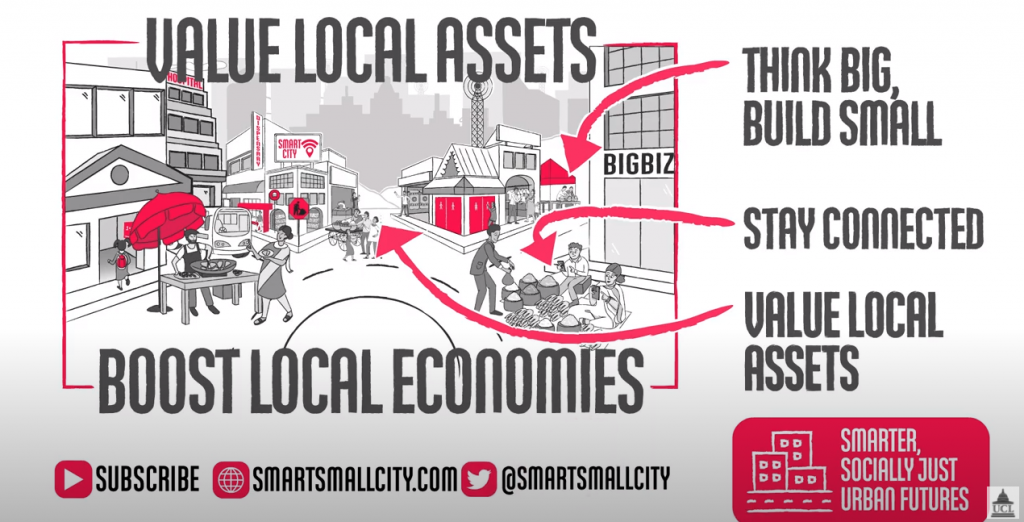
- Date
- 22nd June 2021
- Categories
By Martin Price, Gamos Ltd.
In a recent working paper and accompanying blog for MECS, I argued that the clean cooking sector needs to move beyond an urban/rural binary when it comes to understanding the drivers, barriers, and dynamics of both modern energy cooking transitions:
“Reliant upon visionary local leadership, decentralised institutions, and sound financing arrangements, regional cities provide an opportunity to implement MECS solutions in nuanced and targeted ways that reflect local political, economic, environmental, and cultural contexts.”
When we think about urban contexts from a development perspective, we tend to think about the large metropolises of the global South like Nairobi, Lagos, Kampala, Dhaka, and Mumbai. But how might a programme like MECS explore different urban contexts, and the possibilities for integrating clean, efficient cooking solutions into the urban political economies of these other cities?
Last week, an ESRC-funded programme released an animation that provides insight into how MECS could approach transitions in smaller cities. “Learning from Cities: Governing Imagined Futures and the Dynamics of Change in India’s Smart Urban Age” explores contemporary urban development processes in Shimla, Nashik and Jalandhar, and while this project is not about cooking per se, its approach to urban change is an essential one for the clean cooking sector to adopt. In order to understand cooking transitions in urban areas, we must understand the local context of individual cities, and how various transition pathways may or may not integrate into the political economy and cultural identity of the city in question.

The “smart urban age” references the fact that smaller cities are increasingly connected to different forms of digital infrastructure that have the potential to disrupt traditional ways of living and working in the city. Front and centre in the animation are food producers and traders, selling their goods in a city undergoing constant construction and redevelopment. And where there is food, there is cooking. So, what lessons does the animation wish to provide about development and change in a smaller city, and how can these be applied to MECS?
Lesson One: Think Big, Build Small
“Lofty dreams need to be matched by small repair and maintenance works that address the needs of its poorest citizens”
The desire to attract business and investment to an individual city does not necessarily address issues of vulnerability and inequality that define urban life for lower-income communities. When competing against other cities, there is often the temptation to reduce the costs of doing business as much as possible, thus negatively impacting municipal finances. The animation rightly argues that public infrastructures – public toilets, schools, hospitals and public transport – are necessary for prosperity to be achieved. However, if urban populations are to have access to reliable, affordable, clean and modern energy services, further action is required. We must work with municipalities to explore how the right kinds of businesses can be attracted to the city – those that are focused on issues of sustainability, job creation, and climate mitigation. Public infrastructures could be used as a means of integrating public awareness campaigns around clean cooking and energy efficiency, and officials and planners could explore ways of incentivising clean fuel use through electric goods and repair shops in key areas, or by providing licenses for LPG vendors and clean energy food enterprises.
Lesson Two: Build Small, Stay Connected
“Information and communication technologies can extend the global reach, power and influence of smaller cities, only if its poorest citizens can stay connected and benefit from it.”
The MECS programme positions itself at the intersection of the electrification and clean energy sectors, in order to ensure the two are entwined and the social impact of investments are maximised. Again, working with municipalities, it is possible to harness the power of the internet, smartphones and online financial services to boost the local economy. From local savings groups to consumer financing to pay-as-you-go technologies, cities can use innovative technologies to boost demand for clean, locally available fuels, devices, and other solutions relating to the modern energy transition. Providing residents with a way of monitoring fuel use and expenditure, pooling resources, and experimenting with different payment options, can only help ensure clean fuels are affordable and their provision is fair and just.
Lesson Three: Stay Connected, but Value Local Assets
“Small cities have significant assets, including the diversity of small-scale creative entrepreneurial activities brought by migrants, and the result and feelings of belonging and rootedness that these produce”.
Too often, migrants from overseas or from rural areas are forced to seek informal employment in the city. Some may look to sell food produce on street corners, while others may get involved in the selling and distribution of polluting fuels and related cooking technologies. It is in the interest of local authorities and urban populations more generally to ensure that opportunities are created to enhance the sustainability and wellbeing of city life, and attracting business and investment into the city does not necessarily address this. In fact, a rise in living costs and urbanisation itself can put additional pressure on residents and their families, and increase dependence on polluting fuels. Policymakers should explore ways to develop, manufacture, and distribute modern energy cooking services in ways that boost local employment opportunities and contribute to the local food retail scene. Modern energy services can strengthen the entire value chain of energy-related activities, for instance using efficiency savings to reduce operational costs. Imagine a city where food retail is free of polluting fuels, and the impact this could have on the fuel choices of individual households.
–
The animation rightly points out that cities with less than a million residents are home to half of the global South’s entire urban population. Labelled as “the new frontiers of urbanisation”, these cities and their populations are experiencing profound changes to day-to-day life. Transition pathways for modern energy cooking are not the same as they might be in larger cities, and it is vital that donors, policymakers and private sector actors focus on opportunities within the existing political economies of individual cities, and ensure that transition strategies are contextually relevant, inclusive, and adaptive.
–
Main image: Shimla town, Himachal Pradesh, India. Ryan, on Flickr.